kappa
Why DO kappa flip their lids for cucumber? No better time to investigate that than June 14, recognized around the globe as Cucumber Day.
The Kappa is generally known as a clownish, mostly friendly water spirit in Japanese mythology, but a cursory web search recently revealed the creature’s darker nature.
The town of Fukusaki in Hyogo Prefecture has taken a rather unusual direction when it comes to public art. Namely, the town spent roughly 3 million yen (US$25,000) to install a red, mechanical kappa in the small pond at Tsujikawayama Park (辻川山公園). The strange fixture has become a local attraction, and is scary-looking enough to make children cry!
Just what could have driven the town to install such a creepy mechanical model?
In the mid-nineteenth century, a showman named P. T. Barnum exhibited an oddity named the Fiji mermaid. Barnum’s mummified mermaid, one of the most famous hoaxes of all time, is widely believed to have been the body of a young monkey sewn onto a fish tail, and had been bought from Japanese sailors for $6,000.
Ningyo (Japanese mermaids – the word literally means “person-fish”) have a long and interesting history, but they aren’t the only ancient fake taxidermy on show in Japan. Across the country are all kinds of other fascinating specimens: “mummies” of tengu, kappa and even dragons.
Paramount Pictures has asked artists from all over the world to contribute to its Legend of the Yokai project, which features the Teenage Mutant Ninja Turtles as inspired by kappa, water-dwelling yokai often found in Japanese folklore.
Every Japanese person knows about kappa, the tricksy and sometimes dangerous, yet strangely polite, water demons from ancient folklore. But how many have actually seen one in real life?
Next month, people will have the chance to, when parts of a supposedly real kappa go on display in all their mummified glory.
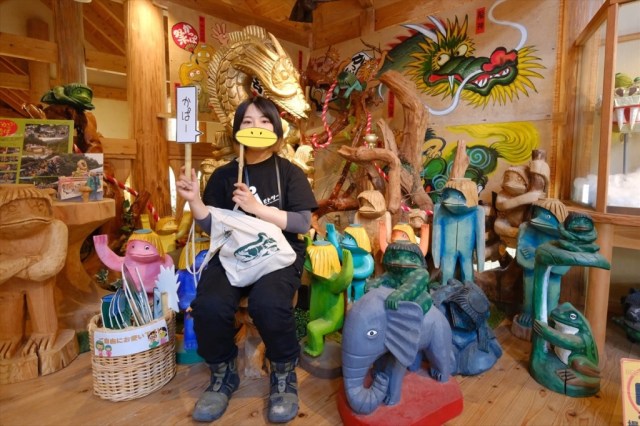
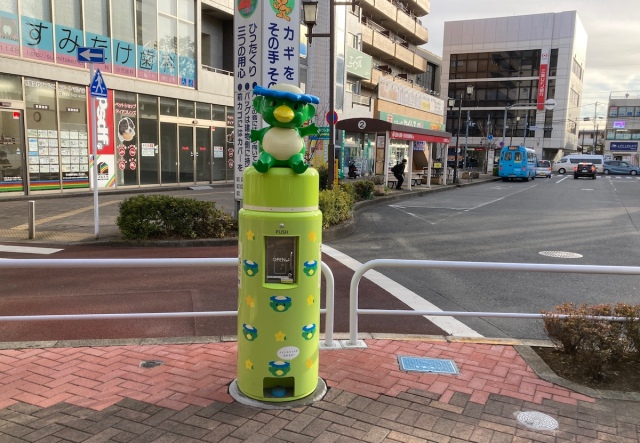
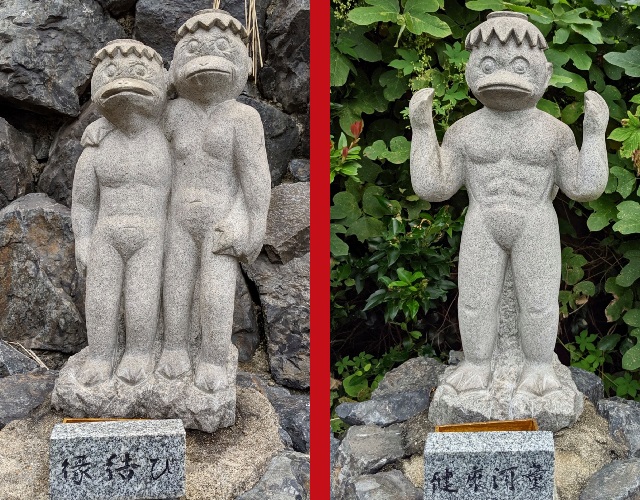

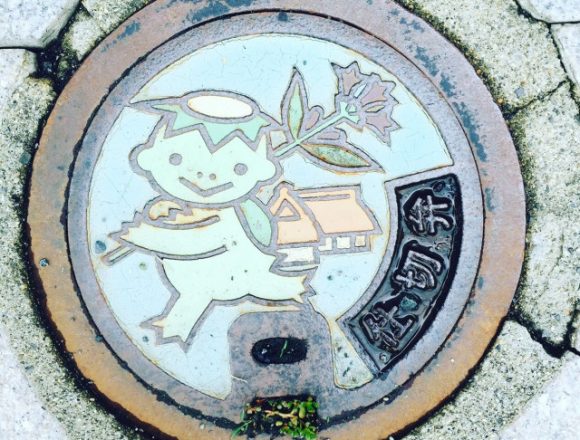
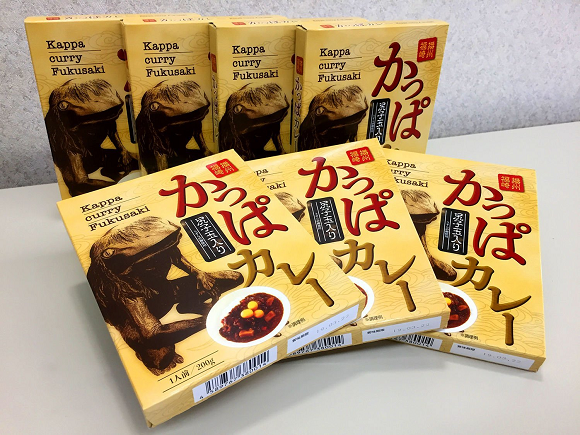
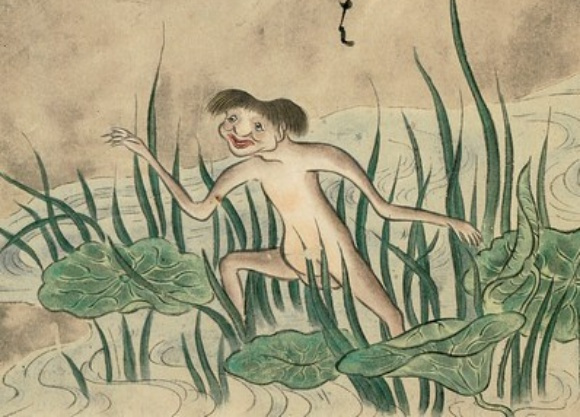
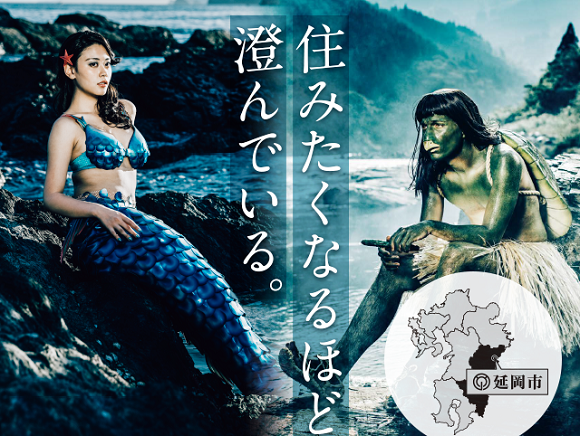
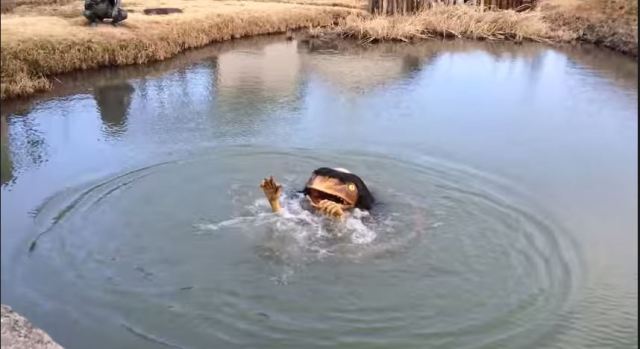
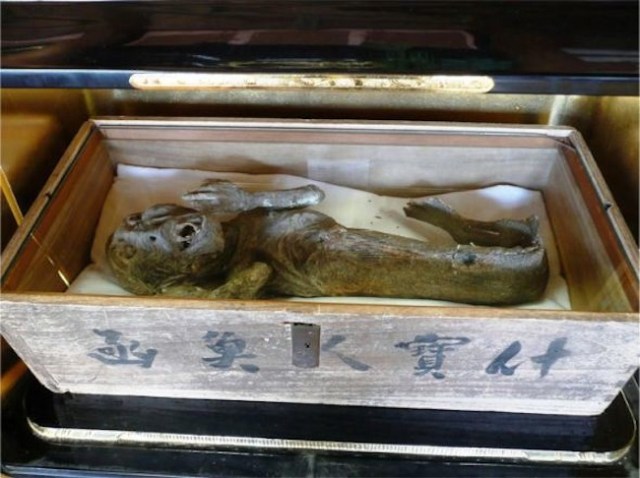

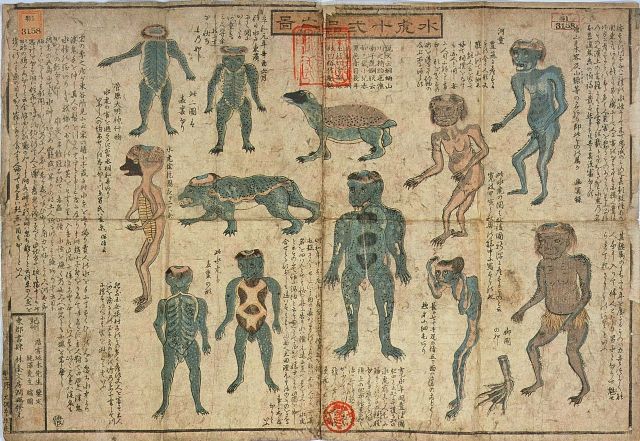
 The top 10 annoying foreign tourist behaviors on trains, as chosen by Japanese people【Survey】
The top 10 annoying foreign tourist behaviors on trains, as chosen by Japanese people【Survey】 The mystery destination of the SoraNews24 end-of-year party left us speechless
The mystery destination of the SoraNews24 end-of-year party left us speechless The One Piece Mos Burger lucky bag basically gives you exclusive anime merch for free
The One Piece Mos Burger lucky bag basically gives you exclusive anime merch for free The Häagen-Dazs Japan fukubukuro lucky bag is filled with…ice creams from 2023
The Häagen-Dazs Japan fukubukuro lucky bag is filled with…ice creams from 2023 The dark kawaii fashions of the Ank Rouge lucky bag are here!【Photos】
The dark kawaii fashions of the Ank Rouge lucky bag are here!【Photos】 McDonald’s Japan has a fukubukuro lucky bag that everyone wants to get their hands on
McDonald’s Japan has a fukubukuro lucky bag that everyone wants to get their hands on YouTube goes crazy for “Bubbly” high school girls’ amazing retro ’80s dance routine 【Video】
YouTube goes crazy for “Bubbly” high school girls’ amazing retro ’80s dance routine 【Video】 Starbucks releases a Bouquet Frappuccino in Japan…but does it taste like a bunch of flowers?
Starbucks releases a Bouquet Frappuccino in Japan…but does it taste like a bunch of flowers? We sample the deep sea fish and more at this delectable sushi restaurant in Shizuoka Prefecture
We sample the deep sea fish and more at this delectable sushi restaurant in Shizuoka Prefecture How to get a free Krispy Kreme original glazed doughnut with your coffee in Japan
How to get a free Krispy Kreme original glazed doughnut with your coffee in Japan Hayao Miyazaki says Happy New Year to Studio Ghibli fans with new art for Year of the Snake
Hayao Miyazaki says Happy New Year to Studio Ghibli fans with new art for Year of the Snake What’s in Starbucks Japan’s fukubukuro lucky bag for 2025?
What’s in Starbucks Japan’s fukubukuro lucky bag for 2025? Let’s go open a Lego Japan lucky bag…o
Let’s go open a Lego Japan lucky bag…o Pokémon fans aren’t happy with the Mister Donut fukubukuro lucky bag for 2025
Pokémon fans aren’t happy with the Mister Donut fukubukuro lucky bag for 2025 Kura Sushi has secret menu items in Japan, and here’s how to find them
Kura Sushi has secret menu items in Japan, and here’s how to find them Square Enix releases a Final Fantasy fukubukuro lucky bag for New Year’s in Japan
Square Enix releases a Final Fantasy fukubukuro lucky bag for New Year’s in Japan Animate Akihabara releases a lucky bag for the first time in years, and it’s amazing
Animate Akihabara releases a lucky bag for the first time in years, and it’s amazing The perfect budget-friendly hot spring hotel near Narita Airport
The perfect budget-friendly hot spring hotel near Narita Airport Bear breaks into house in Japan, quickly begins spending winter exactly like Japanese people do
Bear breaks into house in Japan, quickly begins spending winter exactly like Japanese people do Starbucks Japan is calling it quits with paper straws
Starbucks Japan is calling it quits with paper straws Japanese company develops classy heavy metal band frames for glasses
Japanese company develops classy heavy metal band frames for glasses This downtown Tokyo cafe is like a time machine that takes you back 50 years into the past
This downtown Tokyo cafe is like a time machine that takes you back 50 years into the past Station of despair: What to do if you get stuck at the end of Tokyo’s Chuo Rapid Line
Station of despair: What to do if you get stuck at the end of Tokyo’s Chuo Rapid Line Starbucks Japan reveals new winter holiday goods to wrap up 2024
Starbucks Japan reveals new winter holiday goods to wrap up 2024 McDonald’s new Happy Meals offer up cute and practical Sanrio lifestyle goods
McDonald’s new Happy Meals offer up cute and practical Sanrio lifestyle goods Foreign tourists on Shinkansen bullet train break suitcase etiquette, angering local passengers
Foreign tourists on Shinkansen bullet train break suitcase etiquette, angering local passengers Possessing Harry Potter’s Sword of Godric Gryffindor is now illegal in Japan
Possessing Harry Potter’s Sword of Godric Gryffindor is now illegal in Japan [Deleted] Article written for April Fool’s Day 2018
[Deleted] Article written for April Fool’s Day 2018 Japanese government to make first change to romanization spelling rules since the 1950s
Japanese government to make first change to romanization spelling rules since the 1950s Foreigner’s request for help in Tokyo makes us sad for the state of society
Foreigner’s request for help in Tokyo makes us sad for the state of society Japanese convenience store Family Mart announces abolishment of eat-in spaces
Japanese convenience store Family Mart announces abolishment of eat-in spaces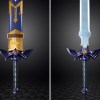 Life-size vibrating Legend of Zelda Master Sword for sale from Nintendo【Photos】
Life-size vibrating Legend of Zelda Master Sword for sale from Nintendo【Photos】 Princesses, fruits, and blacksmiths: Study reveals the 30 most unusual family names in Japan
Princesses, fruits, and blacksmiths: Study reveals the 30 most unusual family names in Japan Studio Ghibli releases free-download board game — Here’s how to play it without reading Japanese
Studio Ghibli releases free-download board game — Here’s how to play it without reading Japanese McDonald’s Japan has a fukubukuro lucky bag that everyone wants to get their hands on
McDonald’s Japan has a fukubukuro lucky bag that everyone wants to get their hands on YouTube goes crazy for “Bubbly” high school girls’ amazing retro ’80s dance routine 【Video】
YouTube goes crazy for “Bubbly” high school girls’ amazing retro ’80s dance routine 【Video】 Starbucks releases a Bouquet Frappuccino in Japan…but does it taste like a bunch of flowers?
Starbucks releases a Bouquet Frappuccino in Japan…but does it taste like a bunch of flowers? We sample the deep sea fish and more at this delectable sushi restaurant in Shizuoka Prefecture
We sample the deep sea fish and more at this delectable sushi restaurant in Shizuoka Prefecture How to get a free Krispy Kreme original glazed doughnut with your coffee in Japan
How to get a free Krispy Kreme original glazed doughnut with your coffee in Japan Is there a big difference between Starbucks Japan’s fukubukuro lucky bags?
Is there a big difference between Starbucks Japan’s fukubukuro lucky bags? Japanese bag maker to sell bag specifically for carrying around a watermelon
Japanese bag maker to sell bag specifically for carrying around a watermelon Tokyo’s “commuter boat” is an awesome hidden way to see the city from the water for dirt-cheap
Tokyo’s “commuter boat” is an awesome hidden way to see the city from the water for dirt-cheap Studio Ghibli releases Ponyo donburi bowl to bring anime ramen to life
Studio Ghibli releases Ponyo donburi bowl to bring anime ramen to life The best cosplayers from Day 2 of Winter Comiket 2024【Photos】
The best cosplayers from Day 2 of Winter Comiket 2024【Photos】 Daiso opens massive new 25,392-square foot Tokyo flagship store with its two sub-brands included
Daiso opens massive new 25,392-square foot Tokyo flagship store with its two sub-brands included Is the Krispy Kreme fukubukuro lucky bag in Japan good value for money?
Is the Krispy Kreme fukubukuro lucky bag in Japan good value for money? Coco Chanel Cafe in Tokyo is THE spot to test out the latest Chanel makeup product
Coco Chanel Cafe in Tokyo is THE spot to test out the latest Chanel makeup product Handmade wool Totoro/Ghibli coasters are available now for the first time in seven years【Photos】
Handmade wool Totoro/Ghibli coasters are available now for the first time in seven years【Photos】